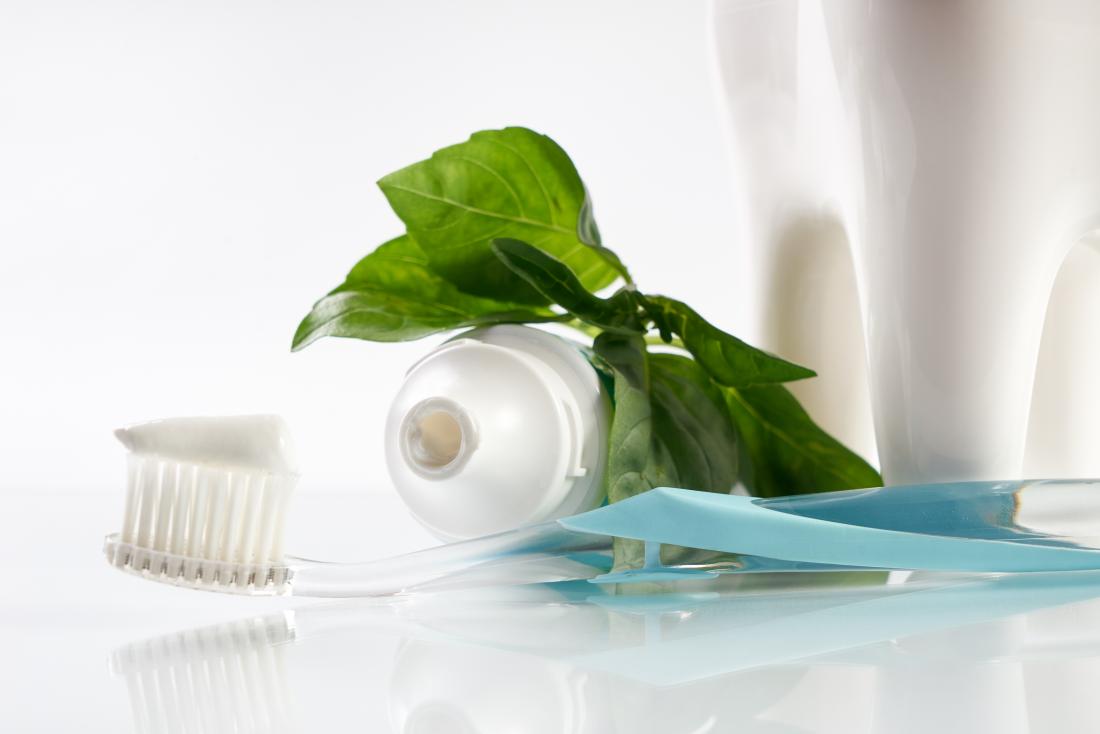In this article, we explain how people can choose the best toothpaste for their individual needs and preferences.
How to choose the best toothpaste
People can select the toothpaste that is most suitable for them using the 11 methods below.
1. Looking at the fluoride content

The American Dental Association consider fluoride to be an essential ingredient in toothpaste.
Fluoride is a natural mineral that protects tooth enamel and fights cavities.
Experts credit the fluoride in toothpaste and drinking water with the significant reduction in dental cavities over the past few decades. Numerous studies confirm that fluoride is a safe and effective treatment.
As a result, the American Dental Association (ADA) and most dentists consider fluoride to be an essential ingredient in toothpaste.
However, some people prefer to avoid fluoride in toothpaste and drinking water. Where this is the case, natural toothpaste may be a better option as many natural formulations are fluoride-free.
2. Checking for ADA approval
Some toothpaste products carry the ADA seal of approval. This means that they meet the ADA’s strict requirements, which specify that toothpaste must:
- contain fluoride
- contain active ingredients to improve oral hygiene
- be free from flavoring agents that contribute to tooth decay, such as sugar
- have scientific evidence to support that it is safe and effective
However, participation in the ADA program is voluntary, and not all good toothpaste brands will carry the seal. People can view the list of ADA-approved toothpaste products here.
3. Reading the label
It is advisable to check labels carefully. Not all types of toothpaste are suitable for everyone. For example, some products are unsuitable for younger children.
Manufacturers should include any flavorings and sweeteners on the label. Being aware of the ingredients allows people to avoid specific chemicals if they are sensitive to them.
Common ingredients include:
- saccharin, a sweetener
- calcium carbonate and silicates, which are abrasive materials
- glycerol, to give the toothpaste a gel-like consistency
- sodium lauryl sulfate (SLS), a detergent that causes toothpaste to foam
People who get frequent mouth ulcers, or canker sores, may wish to avoid products that contain SLS, as some research suggests that it increases the risk of mouth ulcers.
4. Choosing based on specific dental problems
Individuals with dental problems should choose a toothpaste that meets their specific needs. Some people, for example, may require a desensitizing toothpaste.
Desensitizing toothpaste contains specific compounds, such as potassium nitrate, that block parts of the teeth to stop pain signals.
5. Deciding if you want a whitening toothpaste

Whitening toothpaste can help remove stains from the teeth.
Many people want a whiter smile, and whitening toothpaste can provide a safe and effective remedy for off-white teeth.
These products contain abrasive ingredients that polish the teeth or remove stains from the tooth’s surface.
People with sensitive teeth may wish to avoid whitening toothpaste that contains chemicals as these can make sensitivity worse.
A dentist can provide advice on whitening options that are safe for sensitive teeth.
6. Asking for a prescription toothpaste for very sensitive teeth
Having sensitive teeth can make brushing very uncomfortable. Foods and beverages such as ice cream and hot coffee can be painful to consume. Special types of toothpaste can alleviate the symptoms of sensitive teeth, and over-the-counter (OTC) options are usually effective.
However, some people may not get enough relief from OTC products. If this is the case, a dentist may be able to prescribe a stronger product.
7. Checking the RDA level
Toothpaste contains abrasive agents to clean and whiten the teeth. The level of abrasiveness of a paste, known as its relative dentin abrasivity (RDA), varies from product-to-product.
Products under 250 RDA should be safe and effective. All ADA-approved toothpaste must have an RDA of 250 or less. Toothpaste that has a higher RDA may damage the teeth. If in doubt, it is best to stick to the ADA’s list or contact the manufacturer.
8. Considering tartar control
A layer of bacteria, called plaque, forms on the teeth before and after brushing. When plaque hardens, it turns into tartar. Tartar is difficult to remove and can contribute to gum disease. Proper oral hygiene and regular dental cleanings can prevent tartar deposits.
People who already have tartar on their teeth should see their dentist. They should also consider using a tartar-control toothpaste. This will contain chemicals, such as pyrophosphates and zinc citrate, that prevent further tartar build-up.
9. Understanding natural options

Choosing a natural toothpaste option is the best way to avoid fluoride.
Natural toothpaste products typically do not contain fluoride.
Some holistic dentists may recommend natural toothpaste over conventional types, especially for people who have concerns about fluoride and other chemical ingredients in their toothpaste.
Several brands also contain natural abrasive agents, such as baking soda, rather than chemical ones.
Baking soda is a gentle alternative to other abrasive agents, but it can be just as effective at removing stains.
People who are considering using natural toothpaste should check the ingredients carefully and weigh up the pros and cons. The FDA do not regulate natural toothpaste products.
10. Avoiding sugary toothpaste
Sugar contributes to tooth decay, so using toothpaste that contains sugar is not advisable.
Children’s toothpaste, in particular, may contain high levels of sugar to make it more palatable.
ADA-approved toothpaste will not contain sugar or any other substances that contribute to tooth decay.
11. Basing your choice on your individual needs and preferences
Everybody has different needs and preferences. People should consider their own needs and the needs of their family when selecting a toothpaste brand.
If necessary, people can shop around and try different options.
Important factors to consider include:
- any sensitivities to ingredients
- how well a product meets dental needs
- how refreshing the toothpaste is
When to see a dentist
With so many options on the market, it can be challenging to choose a toothpaste brand. If a person is unsure, they can speak with a dentist about the best available options. A dentist will factor in a person’s oral health and individual needs when recommending products.
It is essential to remember that toothpaste is just one component of oral hygiene. Other oral hygiene products include toothbrushes, tongue scrapers, and mouthwashes.
Takeaway
Although choosing a toothpaste may seem like a simple task, using the right one will contribute to oral health. People should consider the different types of toothpaste on the market and weigh up the pros and cons of each before making a decision.
Reading labels carefully and understanding what each ingredient does will help. If in doubt, people should speak to a dentist or choose an ADA-recommended product.
Let’s block ads! (Why?)





